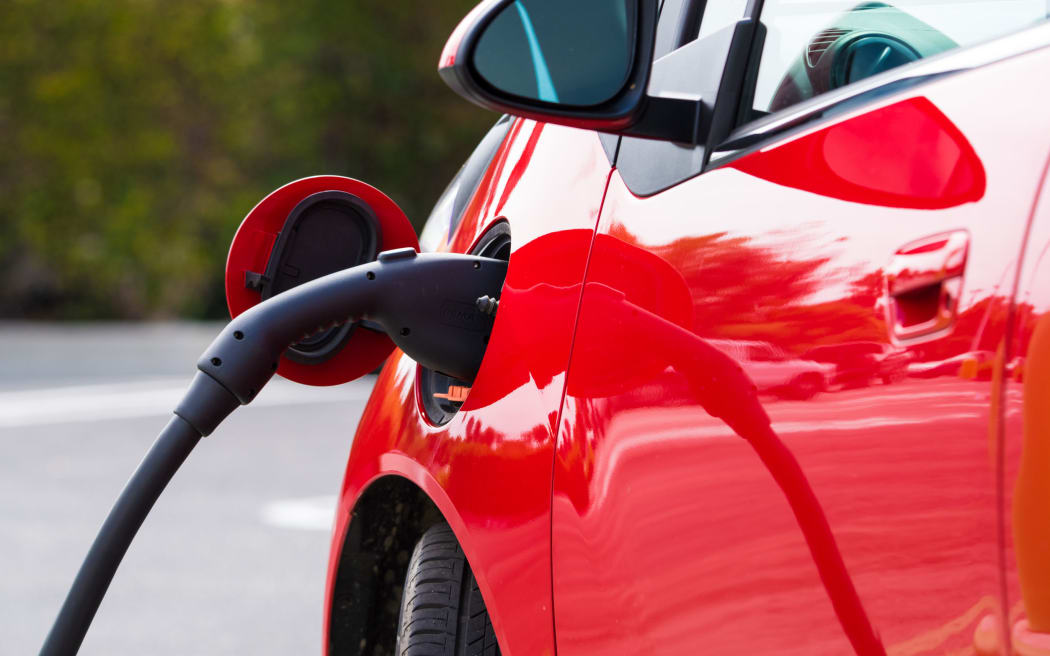advertisement
EVs Design Set To Cut Copper Reliance

Tesla and its rivals plan the shift of copper reliance on Electric Vehicles (EVs) to other alternatives. This is after a realization that there will be minor deficits in Copper, a mineral that is widely used as renewable energy in electric vehicles. The electric vehicles are engineered in a way that will cut the reliance and limit demand for the metal in the future. A modern EV requires approximately twice as much copper as a traditional combustion-engine vehicle. The increasing popularity of electric vehicles foreshadows a future where there will be a significant rise in demand for copper.
Copper demand is set to double by 2035 as per analytics firm S&P Global increasing towards 2050 with projections suggesting a world demand of 53 million metric tons. The company’s report based these figures on the amount of copper required for countries to successfully attain their net-zero emissions targets. Copper is key to electric vehicles, wind, and solar power, as well as the infrastructure that transports and stores renewable energy. The metal has been seen as a green-energy transition play, in part because of the wiring needed for electric cars. EVs can use as much as 80 Kg (176 pounds) of copper, four times the amount used in a typical combustion engine vehicle.
A report by Goldman Sachs, one of the leading global investment banking institutes, said EVs accounted for two-thirds of the global demand growth in copper last year. On the bright side, EV and battery makers have found ways to cut weight and costs by minimizing the utilization of copper, Goldman Sachs and consultancy CRU Group said separately.
advertisement
CRU Group, the company focusing on the global mining, metals, and fertilizers markets, has revised its estimation of copper usage in electric vehicles (EVs), lowering it to 51-56 Kg between the present year and 2030. This marks a decrease from their previous forecast of 65-66 Kg over the same period. Similarly, Goldman Sachs predicts that copper in an average EV will decline to 65 Kg per vehicle by 2030, compared to their earlier estimate of 73 kg in the previous year. Both organizations attribute this reduction in copper content to a series of engineering changes aimed at enhancing range, reducing weight, and improving the overall efficiency of EVs.
Analyst Robert Edwards from CRU acknowledges this development stating, “It may be the first crack in the story on the demand side. Some of the projections out there have been very aggressive in terms of potential green energy demand(for copper).”
The engineering changes include shifting to more compact batteries where cells do not have to be wired into modules, using thinner copper foil in battery cells, and shifting to higher voltage systems that require less wiring.
advertisement
Tesla, for instance, plans to implement a 48-volt system for the secondary battery in future EVs, significantly reducing copper requirements. Elon Musk, during an investor meeting in May, shared that this change alone would decrease the need for copper to one-fourth of the current levels. Goldman Sachs identifies innovations in batteries and the potential adoption of higher voltage systems, such as Tesla’s approach, as the primary factors posing a threat to copper’s leverage in EV demand.
Goldman Sachs now projects copper demand for EVs to reach 1 million metric tons this year and 2.8 million metric tons by 2030, revising their previous estimate of 3.2 million metric tons for 2030. However, even though the amount of copper used in each electric vehicle (EV) is decreasing, the overall demand for copper is still rising because there is a higher number of EVs being used.